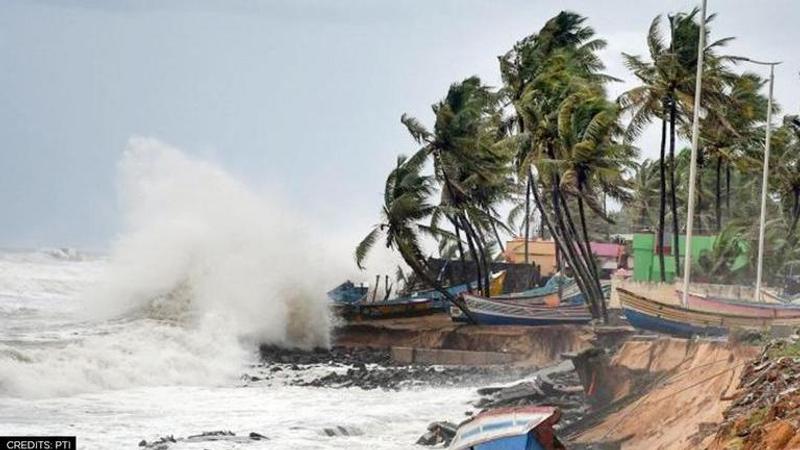Published 15:48 IST, September 29th 2021
Cyclone Gulab & Shaheen: All you need to know about how tropical cyclones get their names
IMD has issued a red alert for Cyclone Gulab, which is expected to strike the shores of north Andhra Pradesh and south Odisha around midnight on Sunday

When cyclones with intriguing names approach the Indian coasts, we all have the same question: who names these storms? Every Hindi and Urdu speaker will recognise the word 'Gulab' as Rose. This name was suggested by Pakistan, not India! Similarly, the earlier cyclone that impacted India's east coast, Cyclone Yaas, was named in accordance with Oman's proposal.
The India Meteorological Department (IMD) has issued a red alert for Cyclone Gulab, which is expected to strike the shores of north Andhra Pradesh and south Odisha around midnight on Sunday. Teams from the National Disaster Response Force (NDRF), Odisha Disaster Rapid Action Force (ODRAF), as well as other emergency agencies, have been deployed in areas that are expected to be badly hit by the storm.
The India Meteorological Department (IMD) forecasted on Tuesday that another cyclone, dubbed 'Shaheen,' could form over the Bay of Bengal after cyclonic storm 'Gulab' weakened into a depression. The IMD added that the cyclone Gulab, which started in the Bay of Bengal, could re-emerge as cyclone ‘Shaheen' in 2-3 days. It should be mentioned that the name 'Shaheen' was given by Qatar, one of the member countries for naming a tropical cyclone in the Indian Ocean.
How are cyclones named?
At its twenty-seventh session in Muscat, Sultanate of Oman, in 2000, the WMO/ESCAP Panel on Tropical Cyclones agreed in principle to name tropical cyclones in the Bay of Bengal and the Arabian Sea. The naming of tropical cyclones over the north Indian Ocean began in September 2004 after extensive consultation among member countries. The names of cyclones in the region are chosen by 13 countries: India, Bangladesh, Myanmar, Pakistan, the Maldives, Oman, Sri Lanka, Thailand, Iran, Qatar, Saudi Arabia, the United Arab Emirates, and Yemen. According to the criteria, the names are chosen so that they are easy to remember and do not have any inflammatory meanings. The name should be politically, ideologically, religiously, culturally, and gender-neutral. Furthermore, it should be short and easy to remember as well as pronounce.
When Cyclones are named?
According to an IMD release, the practice of naming storms (tropical cyclones) began many years ago to aid in the quick identification of storms in warning messages because names are assumed to be significantly easier to recall than numbers and technical terminology. Many people feel that giving storms names makes it easier for the media to report on tropical cyclones, raises awareness of warnings, and improves community preparedness.
Image: PTI
Updated 15:48 IST, September 29th 2021




